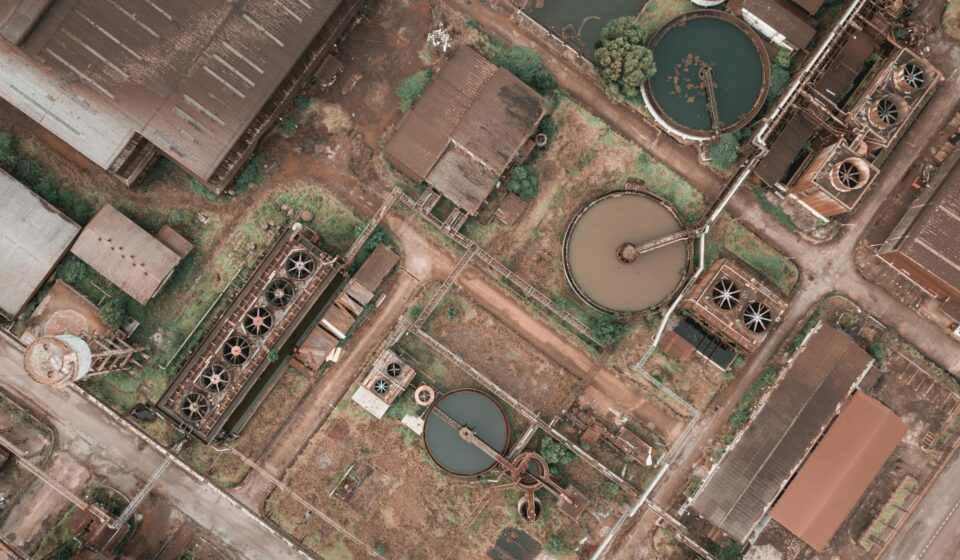
Building Resilient Supply Chains: Early Warning Systems Powered by AI
From Firefighting to Foresight — How AI Helps Companies Stay Ahead of Disruptions
In today’s global supply chains, uncertainty is no longer an exception — it’s the rule.
From geopolitical conflicts and pandemics to natural disasters and supplier failures, disruptions are happening more frequently and with greater impact than ever before. A single weak link can lead to cascading delays, production stoppages, lost sales, and damaged customer trust.
The problem isn’t that risks exist. The problem is that many companies still find out too late.
This is why resilient supply chains aren’t just about having backups — they are about having early warning systems that help leaders anticipate, prepare, and respond before issues escalate.
And today, those early warning systems are being powered by Artificial Intelligence (AI).
The Traditional Problem: Too Much Data, Too Late Insights
Most supply chains already generate huge amounts of data:
- Supplier performance metrics
- Shipment statuses
- Market reports
- Weather forecasts
- Financial health indicators
But this data often remains:
- Siloed across different systems
- Static and historical
- Reactive instead of predictive
Manual risk reviews and quarterly supplier assessments miss the early signs that could prevent major disruptions.
The Shift to AI-Powered Early Warning Systems
AI doesn’t just collect data — it analyzes, learns, and detects patterns across vast datasets in real time. This enables early warnings by identifying subtle signals that humans might overlook.
Here’s how AI transforms supply chain risk monitoring:
✅ 1. Multi-Source Data Integration for 360° Risk Visibility
AI systems bring together structured and unstructured data from:
- Internal sources (ERP, WMS, TMS, procurement platforms)
- External sources (news, social media, supplier portals, weather data, geopolitical feeds)
- Tier-1, Tier-2, and even Tier-3 supplier networks
This creates a comprehensive risk picture — not just a snapshot of tier-1 vendors.
✅ 2. Predictive Risk Modeling
Machine learning models analyze:
- Delivery patterns and lead time variability
- Supplier performance trends
- Financial signals and credit rating changes
- Geopolitical and climate event probabilities
These models identify emerging risks before they become failures.
✅ 3. Automated Risk Alerts and Prioritization
Not every risk requires the same level of attention. AI systems automatically:
- Rank risks by severity and probability
- Provide actionable alerts to procurement, logistics, and supply chain teams
- Enable proactive mitigation — like adjusting order volumes, rerouting shipments, or activating backup suppliers
✅ 4. Scenario Simulation and Stress Testing
AI allows supply chain leaders to run what-if scenarios:
- What if this supplier experiences a 4-week delay?
- What happens if a key port shuts down?
- How will a regional flood impact logistics flows?
This capability supports faster decision-making and contingency planning.
Real-World Impact of AI-Powered Early Warning Systems
| Area | Traditional Approach | AI-Powered Approach |
|---|---|---|
| Supplier Risk Detection | Periodic reviews, lagging data | Real-time signals and continuous updates |
| Disruption Response | Reactive, slow mobilization | Proactive, preemptive action |
| Decision-Making | Manual, time-consuming | Automated insights and prioritization |
| Resilience Strategy | Static backup plans | Dynamic, data-driven response options |
Business Benefits: Why Early Warning Matters More Than Ever
✔️ Reduce Downtime and Disruption Costs
✔️ Maintain Service Levels and Customer Trust
✔️ Improve Agility and Response Time
✔️ Strengthen Supplier Relationships Through Data-Driven Collaboration
✔️ Support ESG and Compliance Goals by avoiding sourcing from high-risk regions or unethical suppliers
How to Implement AI-Powered Early Warning Systems in Your Supply Chain
- Map critical suppliers, regions, and product lines where risks could cause the greatest disruption.
- Integrate real-time data sources — internal and external, structured and unstructured.
- Deploy AI models for risk scoring, anomaly detection, and predictive analytics.
- Set up automated alerts and workflows to ensure the right teams get notified and can act quickly.
- Continuously learn and improve — use feedback loops to make the models smarter over time.
Conclusion: Resilience Is Built on Foresight, Not Luck
In today’s volatile environment, reacting after the fact is no longer good enough. Building true resilience means seeing trouble coming and being ready before it hits.
AI-powered early warning systems give supply chain leaders the insights they need to move from firefighting to foresight — turning risk into resilience and uncertainty into opportunity.






